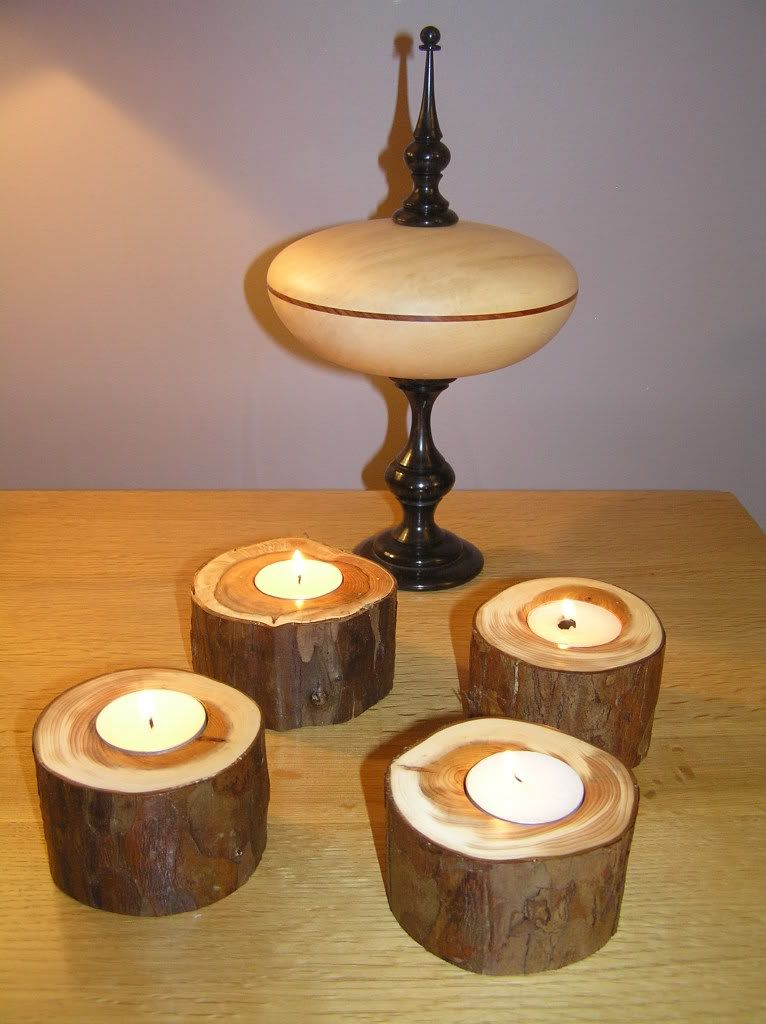babylon355
Established Member
Hi, I'm making quite a few yew tea lights for friends and family so bought a Bosch Forstner bit to speed things up a bit. My question is this... Should I run the lathe at quite a fast speed or slower? The bit itself has a smooth outer rim rather than a saw tooth grind so it slices the outer cut rather than saws it making for a cleaner cut.

:?

:?
































